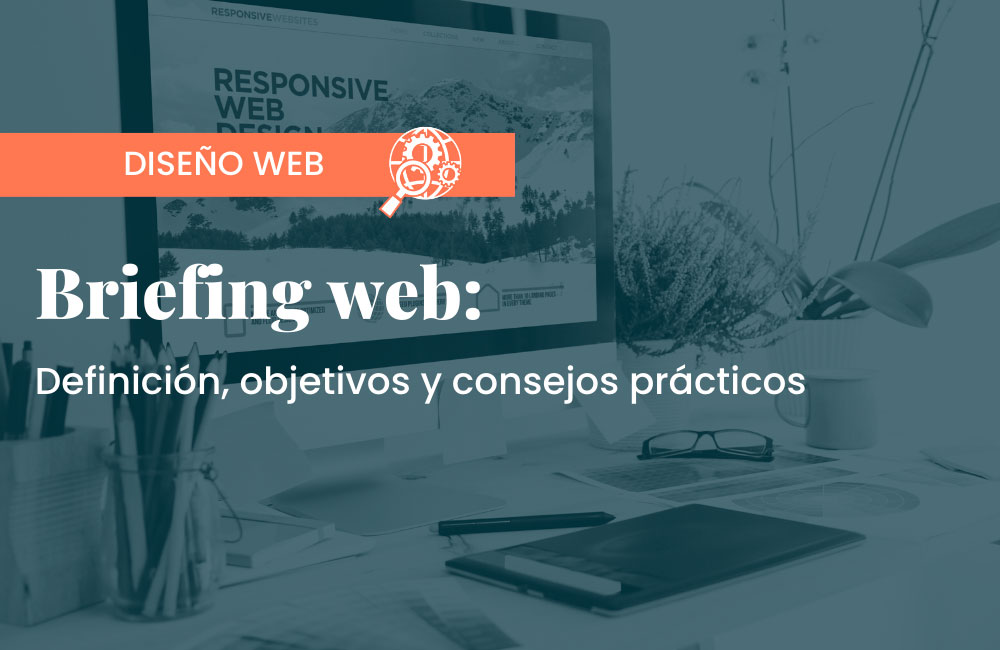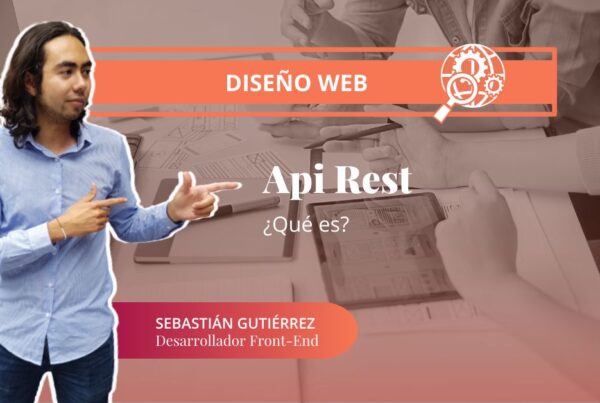The web briefing—also known as the web design briefing—is one of the most important documents when creating an online project. It is the starting point where all the technical and content specifications needed to launch a business idea are detailed. This document serves as the key communication between the client and the agency that will carry out the project. A well-developed web briefing is crucial to ensure the success of the project and achieve the desired results.
What is a web briefing?
A web design briefing is a key tool to start or improve an online project. This document should include relevant and necessary information so that the digital marketing agency can work on the project and bring it to life. In it, the client details the project’s needs and specifications, serving as the starting point to develop the idea and make it a reality.
The clearer and more detailed the briefing, the better the results once the project is launched. The digital marketing agency will use this information to develop the project. After reviewing the briefing, the agency will provide a counter-brief with suggestions and comments for the client to review and send back. This back-and-forth process continues until the final briefing is approved and the project can begin.
What should a web design briefing include?
A good web briefing must include relevant and necessary information to develop the project. It’s important to note that the briefing shouldn’t contain as much information as possible, but rather only the most relevant data that allows the agency to understand the starting point and project objectives. Clear and concise information ensures smoother project development.
The information should be clear, concise, and detailed enough for the agency to understand the client’s needs. The counter-briefing can include new proposals and highlight relevant details.
Below are some key aspects that should be included in a web design briefing:
Project Overview
Start with a general description of the web project, including the business idea and its basic lines. Include competitor analysis with links to their websites, initial budget including hosting, and clear objectives, such as creating a responsive website or promoting a specific product.
Also, outline the main goals, such as increasing sales or attracting more users. For existing websites, include current SEO positioning. Provide a site map and the domain, or suggest potential domain names.
Target Audience and Products/Services
List the products or services you plan to offer and define your target audience and their main characteristics. Include the essence of your brand—mission, vision, and philosophy. This allows the digital marketing agency to fully understand the brand and effectively reflect its identity in the web design.
Functionalities: The Key Part of the Web Briefing
Specify how the website should function. Key aspects to include:
- Photo formats (provide examples if names are unknown).
- Sales and payment system methods (if applicable).
- Search functionality for topics, categories, and tags.
- Location and style of the corporate blog.
- Social media sharing buttons and comments.
- Downloadable documents in the client area.
- Specific placement of the contact form.
Tips for an Effective Web Design Briefing
Now that we know what a web design briefing is and what it should include, here are some tips to make it effective and contribute to the project’s success.
Be Clear and Concise
Include all necessary information for the agency to understand the project needs and objectives. Avoid redundant or unnecessary information; the briefing should be concise and meaningful.
Clearly Define Objectives
Objectives are a key element of the web briefing. They should be well-defined, specific, measurable, achievable, relevant, and time-bound (SMART). They must align with the company’s strategy and be realistic.
Analyze the Competition
Include competitor analysis in the briefing. Identify what they are doing well and poorly to spot opportunities and threats, gaining a clearer view of the market.
Define the Target Audience
Include information about the target audience: user profile, needs, desires, and consumption habits. This allows the agency to design a user experience tailored to the audience.
Set a Budget
Define a realistic budget that covers all necessary project items. This prevents unexpected surprises during development.
Provide Examples
Include examples of websites or graphic elements you like. This gives the agency visual references and helps them work according to your preferences.
Be Flexible
Remember that a web briefing is a living document and may change during the project. Be open to modifications and suggestions from the agency to achieve a final project that meets objectives and expectations.
A web briefing is a key document for the success of any online project. It’s important for clients to dedicate enough time to create a clear and detailed briefing containing all necessary information for the agency to understand their needs and objectives.



